
Why you’re going to fail running Java on Docker | DevNation Tech Talk
Devnation Live session - Why you’re going to fail running Java on Docker

Devnation Live session - Why you’re going to fail running Java on Docker

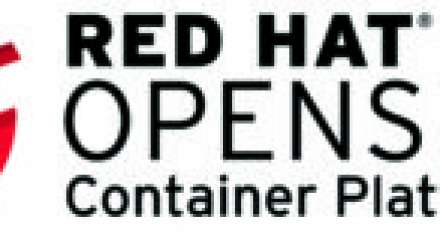

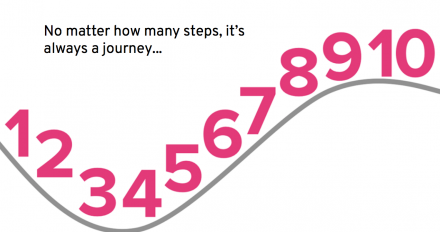

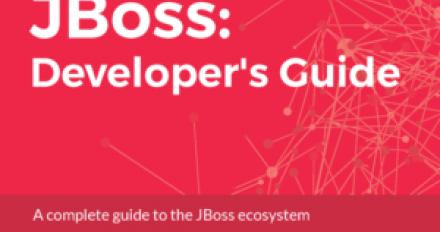
Building and Accessing Federated Data JBoss DataVirtualization views from MySQL and PostgresDB Creating Source and VirtualBase Layers Models Deploying VDB


Installation of AWX (Ansible Tower) on top of OpenShift, Set a dynamic inventory to access the servers from AWS

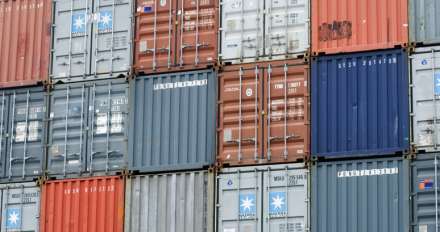
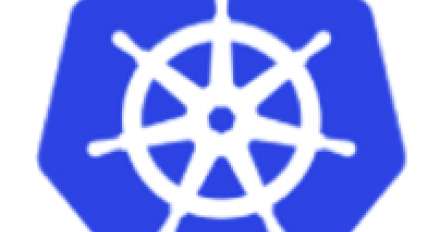
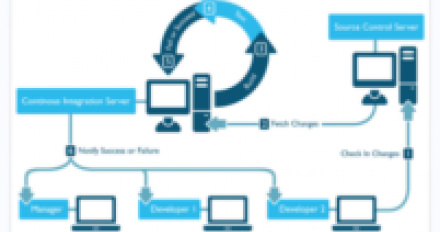
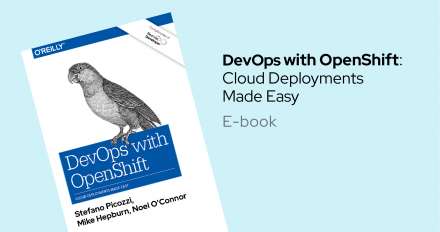
For many organizations, a big part of DevOps’ appeal is software automation using infrastructure-as-code techniques. This book presents developers, architects, and infra-ops engineers with a more practical option. You’ll learn how a container-centric approach from OpenShift® can help your team deliver quality software through a self-service view of IT infrastructure.
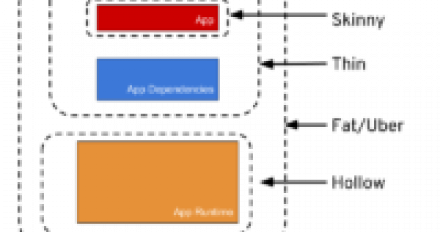
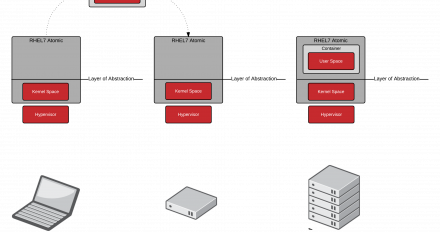

Scott McCarty shares how containers can help in the DevOps world, but pay attention to 3 items.



Hear from Brian Gracely, Direcctor of Product Strategy, OpenShift, Red Hat and Chris Houseknecht, Principal Software Engineer, Ansible by Red Hat in this breakout session at Red Hat Summit 2017. In order to be prepared for the changes needed in a Digital Transformation, every company will need to evolve their technology, their organization model and their processes for interacting between people and technology. In this session, learn how composable container-management platforms, such as Red Hat OpenShift, can provide the framework to enable successful change in all three of those areas. Attendees will learn how to leverage platform technology to securely deploy applications across any cloud, reduce the time to build|test|run new and existing applications, and how both Developers and Operations teams gain greater visibility into the processes that will increase profitability for the business. https://www.redhat.com/en/summit/2017/agenda/session

Ryan Hennessy, Sr. Solution Architect, Red Hat and Guna Vijayaratnam, Solutions Architect, Red Hat speak in this breakout session at Red Hat Summit 2017. The Red Hat team had the opportunity to work with a lot of customers, this one, in particular, was struggling with their application deployment process. Their current processes were fragile and didn’t meet the business needs to be more flexible, automated, and cloud-centric. The customer IT department realized if they didn’t address these problems soon there was a high risk that individual business units were going to start looking to other partners for serving their IT needs. In this session, we will cover in depth the following areas: Main hosting focus areas and business drivers that lead to the adoption of OpenShift Application delivery methodologies that were modernized using OpenShift How OpenShift was able to directly solve the challenges and focus areas set out by IT leadership. https://www.redhat.com/en/summit/2017/agenda/sessions

Hear from Rafael Benevides, Director of Developer Experience at Red Hat in this breakout session at Red Hat Summit 2017. The "deploy moment" is an occasion that still causes many developers to shiver. But it shouldn't be this way, at least not every time. Deployment failures, customer downtime, hundreds of calls to customer service—we've all been there. Luckily, today we have the tools and processes to turn the deploy moment into just another ordinary activity. In this session, we'll show you how to evolve your deployment process from the very basic zero downtime with some very interesting additional strategies such as blue/green, A/B, and canary deployments. You'll learn how to not only deploy your software faster, with a vastly better uptime, but how to use container technologies like OpenShift to get business feedback—and recover some well-deserved sleep time. https://www.redhat.com/en/summit/2017/agenda/sessions

James Strachan, sr. consulting software engineer, Red Hat, and James Rawlings, principal software engineer, Red Hat, discuss and demo continuous integration and continuous delivery (CI/CD) in OpenShift.io in this breakout session at Red Hat Summit 2017. James Strachan explains CI/CD and its importance to developing, testing, and releasing code. He then demos how it works in OpenShift.io using Jenkins pipelines. Watch the live demo to see it in action.

Red Hat Developer Program - Clement Escoffier

Red Hat Developer Program - Sebastien Blanc